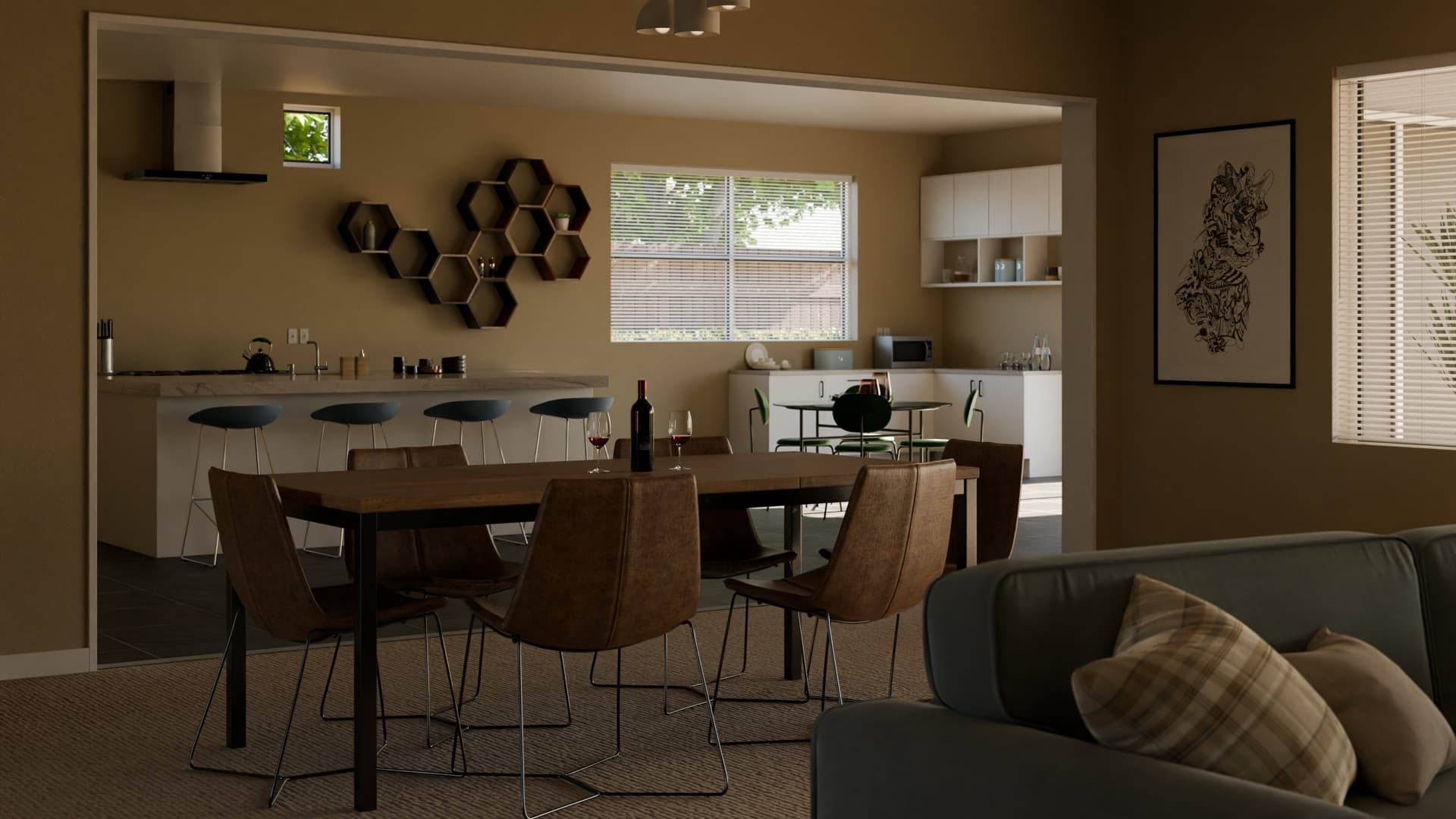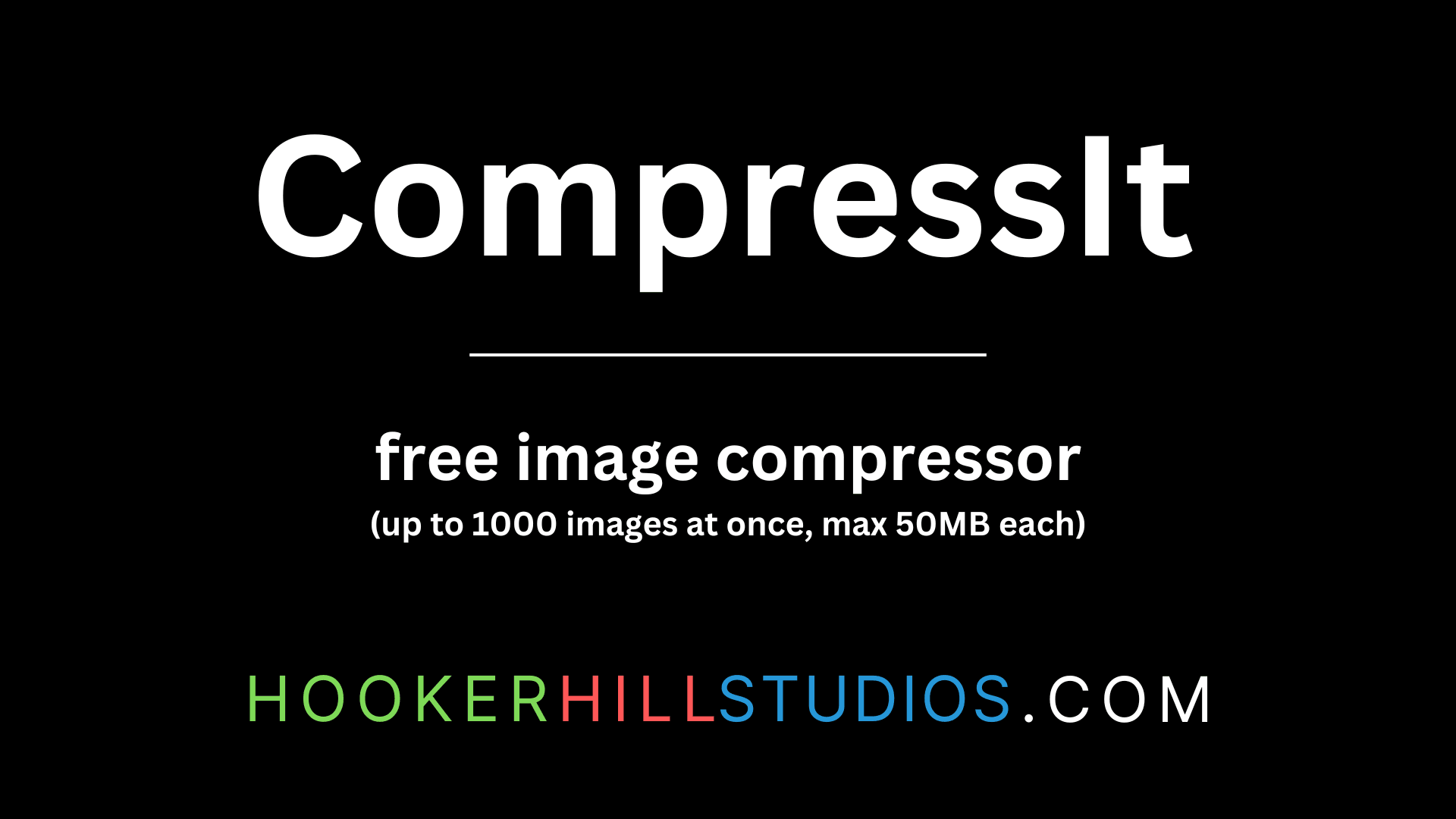The Transformative Benefits of Architectural Visualization

Table Of Contents
- The Transformative Benefits of Architectural Visualization for Real Estate, Homebuilders, and Architects
- 1. Enhanced Buyer Experience
- **Visualizing the Unbuilt:**
- **Customization and Personalization:**
- 2. Streamlined Design Process for Builders and Architects
- **Pre-construction Visualization:**
- **Collaboration and Communication:**
- 3. Accelerated Sales for Real Estate Agents
- **Captivating Presentations:**
- **Virtual Showings:**
- 4. Cost and Time Efficiency
- **Reduced Marketing Costs:**
- **Minimized Rework and Delays:**
- 5. Competitive Advantage
- **Stand Out in the Market:**
- **Enhanced Buyer Confidence:**
- Related Article
- Conclusion
The Transformative Benefits of Architectural Visualization for Real Estate, Homebuilders, and Architects
Architectural visualization has revolutionized the real estate and construction industries, providing a wealth of benefits to homebuyers, builders, architects, and real estate agents alike. This cutting-edge technology, which encompasses 3D renderings, virtual tours, and augmented reality, offers a dynamic and interactive way to experience properties before they are built. Let’s delve into the myriad advantages that architectural visualization brings to the table.
1. Enhanced Buyer Experience
Visualizing the Unbuilt:
For homes that are not yet constructed, architectural visualization offers prospective buyers a tangible sense of what their future home will look like. Through 3D renderings and virtual tours, buyers can explore the design, layout, and ambiance of a property in detail. This immersive experience is far more compelling than traditional blueprints or static images, sparking interest and excitement.
Customization and Personalization:
Buyers can see different design options and make informed decisions about customizations. They can visualize various color schemes, furniture arrangements, and landscaping options, leading to a more personalized and satisfying home-buying experience.

2. Streamlined Design Process for Builders and Architects
Pre-construction Visualization:
Architectural visualization allows builders and architects to see a project in its entirety before construction begins. This preemptive insight helps identify potential design flaws or structural issues, enabling adjustments to be made early in the process. This not only ensures a smoother construction phase but also enhances the final product.
advertisement
Collaboration and Communication:
With detailed 3D models and virtual representations, architects and builders can effectively communicate their vision to clients, stakeholders, and construction teams. This clarity reduces misunderstandings and aligns everyone's expectations, fostering a collaborative and efficient workflow.

3. Accelerated Sales for Real Estate Agents
Captivating Presentations:
Real estate agents can leverage high-quality renderings and virtual tours to create compelling marketing materials. These visual tools can be used in online listings, social media, and advertising campaigns, attracting a wider audience and generating more leads.
Virtual Showings:
In an increasingly digital world, virtual tours offer a convenient alternative to in-person showings. Potential buyers can explore properties from the comfort of their homes, making the buying process more accessible and reducing the time agents spend on physical tours.

4. Cost and Time Efficiency
Reduced Marketing Costs:
Creating high-quality photographs and videos of a completed home can be time-consuming and expensive. Architectural visualization eliminates the need for extensive photo shoots by providing all-encompassing views of the property in various lighting conditions and angles. This not only saves money but also ensures that marketing materials are available well before the property is physically ready.
Minimized Rework and Delays:
By identifying and addressing design issues during the visualization stage, builders can avoid costly rework and construction delays. This proactive approach streamlines the building process, reduces waste, and ensures projects stay on schedule and within budget.

5. Competitive Advantage
Stand Out in the Market:
In a competitive real estate market, properties that offer advanced visualization experiences stand out. Builders, architects, and agents who utilize these technologies demonstrate innovation and commitment to quality, attracting discerning buyers and setting themselves apart from competitors.
Enhanced Buyer Confidence:
Providing a detailed and realistic preview of a property builds buyer confidence. When buyers can see exactly what they are purchasing, they are more likely to make a commitment. This transparency fosters trust and facilitates quicker sales.

Related Article
Conclusion
Architectural visualization is a game-changer for the real estate and construction industries, offering unparalleled benefits across the board. For buyers, it provides a vivid and interactive preview of their future home, enhancing their purchasing experience. Builders and architects gain invaluable insights during the design phase, improving collaboration and efficiency. Real estate agents can market properties more effectively, accelerate sales, and reduce costs. In essence, architectural visualization not only transforms how properties are designed, marketed, and sold but also drives innovation and growth in the industry.
Great architecture is not just about designing structures, but about creating spaces that inspire and connect people to their surroundings.
By embracing architectural visualization, stakeholders can stay ahead of the curve, delivering exceptional value and experience to their clients and achieving greater success in their endeavors.
advertisement
About the Author

Hi, I'm Jared Hooker, and I have been passionate about coding since I was 13 years old. My journey began with creating mods for iconic games like Morrowind and Rise of Nations, where I discovered the thrill of bringing my ideas to life through programming.
Over the years, my love for coding evolved, and I pursued a career in software development. Today, I am the founder of Hooker Hill Studios, where I specialize in web and mobile development. My goal is to help businesses and individuals transform their ideas into innovative digital products.
Read Recent Articles
Recent Articles
View All
CompressIt - Fast & Efficient Image Compression Tool for Web Optimization
December 02, 2024




to join the conversation